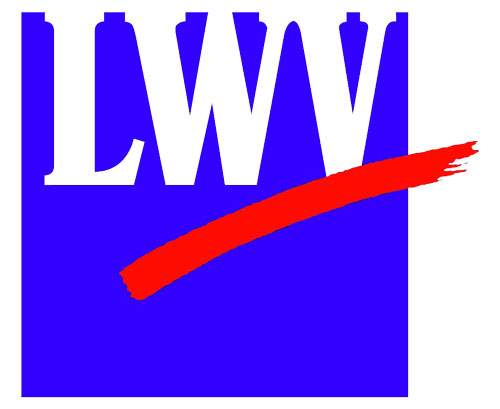Blog
The Earth Is What We All Have In Common

On one of those rare, warm and sunny afternoons in mid-March a small group of people stood in a circle peering intently down at the ground. At the center of the group was Marian Rodriguez-Soto. She was kneeling beside some simple tools and pouring water onto lumps of soil from two different locations into two different sieves set on top of clear cups. Marian was demonstrating how to do a simple “slump test” designed to determine how well soil can absorb water. Healthy soil will absorb water quickly leaving the water in the cup quite clear. The healthy soil itself will have texture something like a brownie. In contrast, over-tilled soil runs right through the sieve indicating weakened soil structure that can readily be blown by the wind or suffer excess run-off from heavy rains such as the more frequent and heavier rains the Midwest is now getting. (For a brief instructive video about soil slump testing, google “Soil Health Slump Test” on YouTube and watch Abby Morgan from the Montgomery County Extension Service conduct one and show viewers samples of the differing outcomes.)
Marian Rodriguez-Soto is our region’s Urban Soil Health specialist from the Urban Soil Health Program which is part if the Indiana Association of the Soil and Water Conservation Districts (IASWCD). The group of backyard gardeners that was learning from her had come to a small grower’s acreage in north Montgomery County. The hands-on site testing practice was the second of a two-part training that prepares ordinary citizens somewhat familiar with gardens to do site visits for the newly created urban soil health working group, Community Growers of Montgomery County.
This is something new in Montgomery County and a real benefit for urban residents who want to understand and do healthier things for their yards, things like planting vegetable gardens, creating pollinator habitats, and/or planting native shrubs, bushes, and trees. Site visits to properties are free to residents who apply. This move to get urban residents with small plots engaged in increasing the health of soil and water is a new initiative of the Soil and Water Conservation district. It certainly is a welcome one.
In decades past, the acronym SWCD was mainly known among farmers and others who own larger tracts of rural land. The founding of the Soil and Water Conservation District was born out of what is most likely the country’s greatest ecological disaster to date–the Dust Bowl.
The Dust Bowl was mainly a consequence of human activity. In the late 19th and early 20th century when the West was being settled, it seemed good practice to plow up the ancient prairie for agricultural land. In the Midwest this met with success as we know it. Out on the exposed Great Plains the plowing of the arid prairies—while briefly “successful”–set the stage for the loss of more than 850 million tons of topsoil by the mid l930s. That was nearly eight tons of soil for every resident of the United States at that time. During the Dust Bowl, farmers lost 480 tons of soil per acre resulting in the reality that 100 million acres of land would likely never be productive again. The combination of intensive plowing and severe drought, not uncommon for that region even before it was farmed, turned all those once productive soils “where the buffalo roamed” into dust. The soils that had formed across millennia simply blew away.
When one of those great sun-blotting storms reached Washington, DC in 1935, the so-called “father of soil conservation,” Hugh Hammond Bennett, was making his plea to Congress. He said America needed “a tremendous national awakening to the need for action in bettering our agriculture practices.” With the House Chamber shrouded in daylight darkness, he got Congress’s attention. They acted and passed the Soil Conservation Act of l935 and, later, the Standard State Soil Conservation Act of l937. It was the second law that encouraged creation of conservation districts at the county level throughout the nation that form the basis for our SWCD today.
Soil and Water Conservation Districts began in Indiana when the district law was established in l940. It was based on the concept that the implementation of federal conservation programs is best done through coordination of local shareholders.
The current urban work in Montgomery County is a new, invigorating way of carrying out that mission. Under the leadership of Kristen Latzke (Conservation Director) and Megan Sweeney (Program Coordinator), Montgomery County not only has the Community Growers of Montgomery County but other programming of interest to both urban and rural residents. In recent months, Montgomery County created its first CISMA (Cooperative Invasive Species Management Area). The SWCD staff also hosted the first Women 4 the Land Learning Circle that met in November, 2021. As Kristen Latzke reports, “In 2022 we will be running three major grants and hosting lots of new events. We hope to reach a broader audience and be a resource for all Montgomery County citizens, no matter how much land is owned or farmed.”
The League of Women Voters is a strong supporter of healthy land stewardship. Please visit the Montgomery County Soil and Water Conservation District webpage to view upcoming events and programs. Both Kristen and Megan invite you contact them directly with questions. Their emails can be found on the webpage. As Wendell Berry reminds us, “The Earth is what we all have in common.”
The League of Women Voters is a nonpartisan, multi-issue political organization which encourages informed and active participation in government. For information about the League, visit the website www.lwvmontcoin.org; or, visit the League of Women Voters of Montgomery County, Indiana Facebook page.
